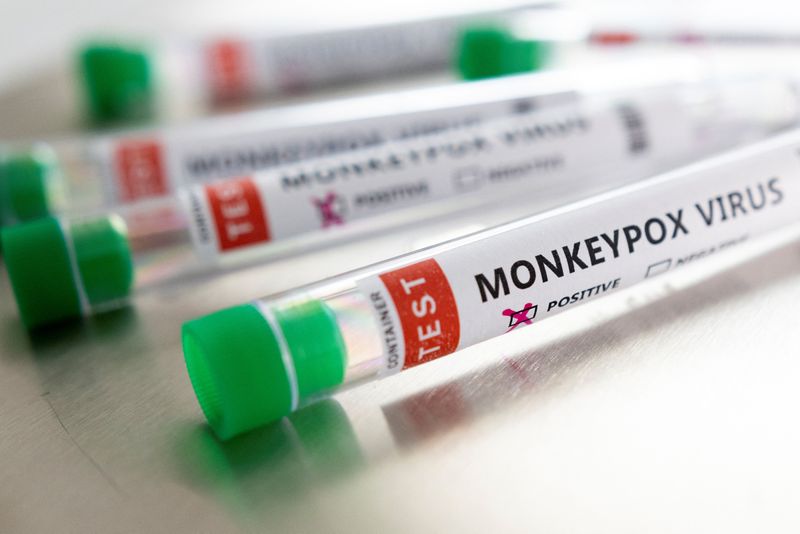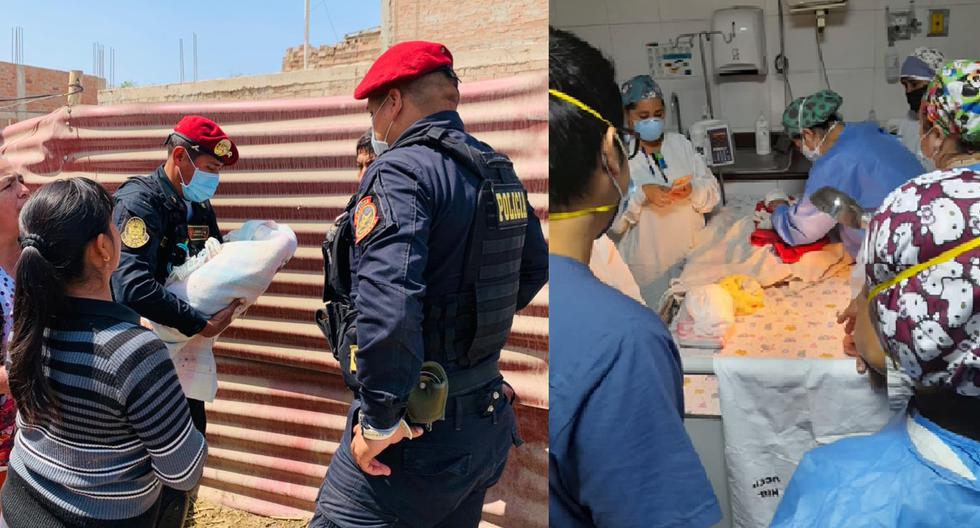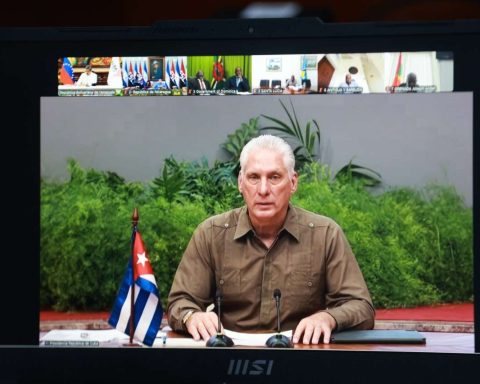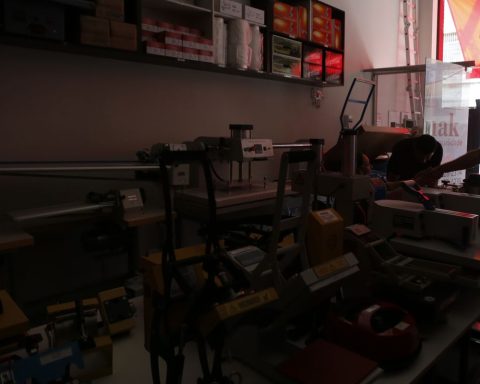To date, information about monkeypox in these vulnerable groups is limited. Although it is not a new disease, since it has been registered in African countries since 1979, the expansion to other continents is recent.
PAHO details that of the 16,969 cases registered during 2022 in which there is information on age, 96 are under 18 years of age, of which 25 are children 0-4 years of age. 61% corresponds to the male sex and 51% with ages between 11 to 17 years (49 cases). No deaths have been recorded in these age groups.
68% of confirmed cases in children under 18 years of age were registered in the African Region (65 cases, of which 21 correspond to children aged 0-4 years), 27% in the European Region and 5% in the Region of the Americas. The 26 cases in children under 18 years of age registered in the European Region were identified in Germany (2), Belgium (1), Spain (16), France (2), the Netherlands (1), the United Kingdom (3) and the Dominican Republic. Czech (1). Only in two of these cases was it indicated that they had exposure to the disease during their stay at home.
Specifically in the Americas, of the 1,426 confirmed cases reported between May 6 and August 2, 2022, and for which age information is available, 5 cases are under 18 years of age, of which one is under 10 years and 4 correspond to children between 11-17 years. Cases in this population group have been reported in Brazil, Canada, the United States of America, and Mexico. So far no deaths have been recorded in these age groups.
In 80% of cases there is no information available on the type of exposure to the disease and only one of the cases reported exposure during an event and epidemiological link with a confirmed case. None of the cases recorded hospitalization or any comorbidity.
Monkeypox in pregnant women
According to the Organization, intrauterine transmission of the monkeypox virus has been documented, as well as transmission from mother to child by direct contact.
The first is from a longitudinal case series that reported the outcomes of four pregnant women: one delivered a healthy baby, two had early miscarriages, and one stillbirth in which the stillborn had a diffuse rash with virological confirmation of monkey pox. This suggests that monkeypox infection can lead to adverse outcomes for the fetus, such as death or miscarriage. The association between the severity of maternal illness and these outcomes is unclear.
To consider
PAHO warns that children with monkeypox may be at greater risk than adults of developing serious processes such as encephalitis and sepsis, as well as death.
To reduce the potential risks of complications, it is recommended that:
*Newborns of mothers with monkeypox (MPX) should be evaluated for evidence of possible congenital or perinatal exposure or infection.
*Children should not sleep in the same room or bed or drink/eat from the same utensils as a person with monkeypox.
*Given these potential risks, institutionalization of young children may be considered for care and to monitor disease progression and recognize and treat complications.
*Young children should not isolate themselves. The child with monkeypox should be cared for by a person (parent or caregiver), who is healthy and not at high risk, with appropriate infection prevention and control measures.
*Children exposed to monkeypox should be fully vaccinated for their age according to the national immunization schedule.
*Infant feeding practices, including cessation of breastfeeding in a mother with monkeypox, should be evaluated on a case-by-case basis, taking into account the mother’s general physical condition and the severity of the disease, which could affect the risk of transmission of monkeypox from mother to child.
*It is currently unknown whether MPX virus or antibodies are present in the breast milk of lactating women.
*Infants of mothers with monkeypox should be closely monitored for signs and symptoms with the primary goal of early supportive care to prevent the development of serious illness.
*Mothers with monkeypox should take general IPC protection measures when handling and feeding their babies, for example, wash hands before and after each feeding, wear a mask (if possible), and cover any injuries to the areola or in areas that have direct contact with the baby. Alternatively, if only one breast has lesions, mothers can express milk from the breast with lesions on the areola and discard the milk and nurse from the unaffected breast.
*In all cases, the mother-child relationship should be closely monitored for the development of signs and symptoms of smallpox and treated accordingly.
*If the infant is less than 6 months old and is separated from its mother who has monkeypox, the infant should be fed donor human milk or appropriate breast milk substitutes, informed by feasibility, safety, sustainability, cultural context, acceptability to the mother and service availability.
*For infants 6 to 23 months of age who cannot access donor human milk or appropriate breast milk substitutes, pasteurized whole cream animal milk is appropriate as part of a balanced diet along with complementary foods.
*Comprehensive assistance should be provided to any mother who has stopped breastfeeding due to monkeypox (or any other reason) for relactation to reestablish a milk supply and continue to breastfeed. In the case of replacement feeding with a breastmilk substitute, it is essential to monitor the baby’s growth, development and other illnesses, as well as the signs and symptoms of monkeypox.
*If the mother of an infant or young child has been exposed to monkeypox and has no symptoms suggestive of infection, the infant or child should not be separated. They should continue to breastfeed while closely monitoring for signs and symptoms of monkeypox.
recommendations
Anyone who presents symptoms compatible with the disease: skin rashes accompanied by fever, headache or body ache, fatigue, swollen glands, is urged to go to the nearest health service for diagnosis and timely treatment.
It is important to use the best possible protection mask, clothes that cover skin lesions and avoid close contact with other people.
It should be noted that direct contact with infected people is the most important risk factor for the transmission of the monkeypox virus, by shaking hands, giving a hug or kisses and sexually.
Contagion can also occur through items contaminated with the infection, by sharing mate or tereré, glass, utensils, clothes, sheets, towels or other objects that could be in contact with the patient’s injury.

















